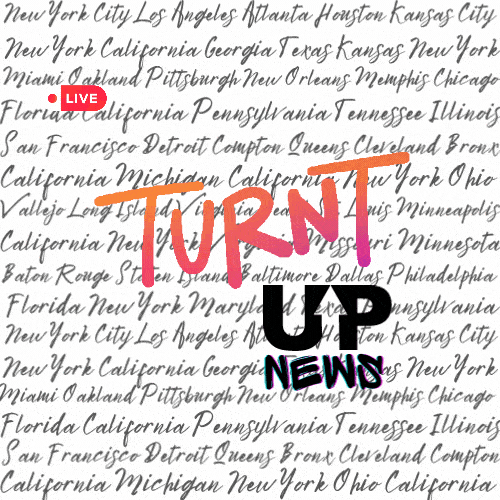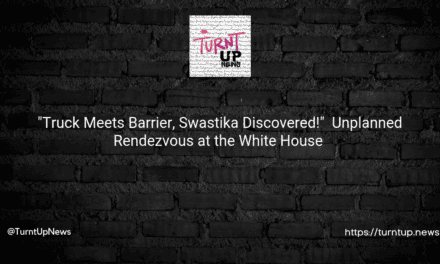🎤 “🚫 Jason Aldean’s ‘Try That In a Small Town’ Slammed for Unauthorized Use of BLM Protest Video 📹”
TL;DR: Country star Jason Aldean is facing criticism after his music video for ‘Try That In a Small Town’ featured footage from a Black Lives Matter protest without permission. The use of such sensitive material has sparked a heated debate about artistic expression, social justice, and the importance of consent in the creative world. Let’s dive into the details and explore the implications of this controversial move.
📰
Country music meets social activism? That was the intention when Jason Aldean released his latest music video for ‘Try That In a Small Town.’ The video, aiming to showcase the challenges faced by small-town folks, took an unexpected turn by incorporating footage from a Black Lives Matter protest. 🤨
The artist’s choice to use such emotionally charged content without obtaining proper consent has caused a stir online and among social justice advocates. While some argue that Aldean’s attempt to blend art with real-world issues is commendable, others assert that using the BLM protest video was inappropriate and insensitive. 😶
Critics argue that co-opting protest footage for entertainment purposes undermines the significance of the original event and disrespects the struggles of those fighting for justice and equality. Moreover, it raises questions about the responsibility artists have when dealing with sensitive material.
In response to the backlash, Jason Aldean’s team stated that they believed the footage was part of the public domain and didn’t require permission. However, this explanation has only fueled the fire, with many questioning the adequacy of their research and whether it was a genuine oversight or a calculated risk. 🤔
The incident has also highlighted the broader issue of artists using real-life events and cultural moments in their work without fully comprehending the potential consequences. 🎭 Should there be guidelines or restrictions for artists when it comes to incorporating real-world events into their creations? Is there a fine line between creative expression and exploitation?
This incident is not the first time a music video or artwork has sparked controversy for using sensitive material without consent. But it does beg the question of whether artists should be held accountable for the messages they convey and the imagery they employ. How can we strike a balance between artistic freedom and respecting the emotional weight of certain topics? Can artists truly make meaningful social statements without stepping on toes or causing harm?
It’s essential to recognize that art has the power to inspire, provoke, and unite, but it also has the potential to offend and hurt. The debate surrounding Jason Aldean’s music video highlights the need for open dialogue on these issues, seeking ways to foster creativity while safeguarding the dignity of those affected by real-world events.
So, dear readers, what are your thoughts on this matter? Should artists be given more creative freedom, even if it means touching on sensitive topics without explicit consent? Or is there a clear line that shouldn’t be crossed when it comes to blending art and real-world events? Let’s have a lively discussion below. 🔥💬





